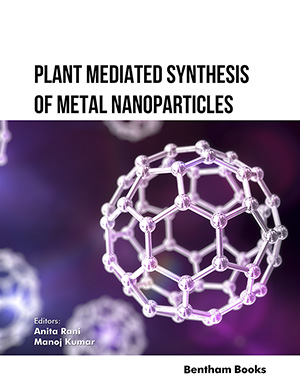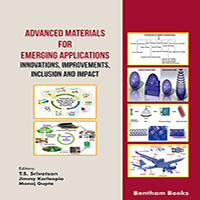Abstract
Aims: In this paper, we aimed to prepare SiC-CDC with porous structure from SiC precursor by using simple molten salt electrochemical etching method at 900 ºC in argon at an applied constant voltage of 3.0 V.
Background: Nanoporous materials include carbon materials, silica or alumina, gel, and zeolite, which have been known since ancient times. Among all these materials, carbon materials are particularly outstanding. In recent years, carbide-derived carbon (CDC), a type of unconventional carbon material produced by selectively extracting metal elements from the lattice of carbides, has attracted increasing attention from researchers. Many different methods have now been proposed to prepare CDC, among these methods, currently the preparation of mesoporous carbide-derived carbon (CDCs) materials mainly relies on chlorination. The main problems with chlorination are the corrosion of chlorine gas and the treatment of secondary products (MClx). Therefore, the search for environmentally friendly strategies for the production of CDC is still ongoing.
Objective: This article proves that we can successfully prepare SiC-CDC with porous structure from SiC precursor by using simple molten salt electrochemical etching method at 900ºC in argon at an applied constant voltage of 3.0 V.
Methods: The results show that the nanoporous SiC-CDC was successfully synthesized from the silicon carbide microspheres powder via by electrolysis in molten CaCl2 at 3.0 V, 900°C for 15 h.
Results: The results show that the nanoporous SiC-CDC was successfully synthesized from the silicon carbide microspheres powder via by electrolysis in molten CaCl2 at 3.0 V, 900 °C for 15 h.
Conclusions: The nanoporous SiC-CDC was successfully synthesized from the silicon carbide microspheres powder via by electrolysis in molten CaCl2 at 3.0 V, 900°C for 15 h and their microstructure, specifc surface area, and pore size were analyzed. The SiCCDC obtained in this experiment mainly consisted of amorphous carbon and maintained the shape of SiC particles. The SiC-CDC is a mixture of amorphous carbon and ordered graphite phase with a highly degree of graphitization. The SiC-CDC displays a BET specific surface area of 561.39 m2/g and a total pore volume of 0.39 cm3/g. This method to produce SiC-CDC is very attractive because it will not only pave a new way for the preparation of SiC-CDC but also for mass production of high-quality carbon material
Keywords: SiC-CDC, porous carbon, electrochemical etching, molten salt, carbide-derived, carbon, halogen gas.























